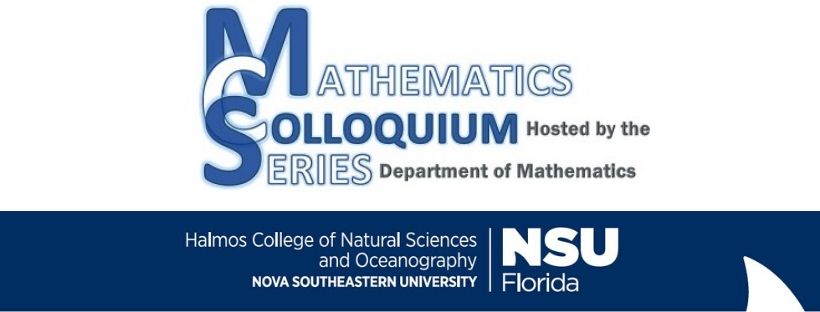Description
A 1324-avoiding (0,1)-matrix is an 𝑚×𝑛 matrix that does not contain the 1324-pattern. Our goal is to find the maximum number of 1’s that an 𝑚 × 𝑛 1324-avoiding (0,1)-matrix can contain. We build upon Brualdi and Cao’s recent work, where they characterized the 𝑚 × 𝑛 1234-avoiding matrices with the maximum number of 1’s. They found that these matrices can contain up to 3(𝑚 + 𝑛 − 3) 1’s. We originally conjectured that 1324-avoiding matrices must contain at most the same number of 1’s, as is the case with the six patterns formed by permutations of {1,2,3}. However, we have found 1324-avoiding matrices that contain more 1’s than those that are 1234-avoiding, and we provide a conjecture for the maximum number of 1’s that a 1324-avoiding matrix can contain.
Date of Event
Tuesday, November 28, 2023
Location
Parker Room 301
Included in
1324-Avoiding (0,1)-Matrices
Parker Room 301
A 1324-avoiding (0,1)-matrix is an 𝑚×𝑛 matrix that does not contain the 1324-pattern. Our goal is to find the maximum number of 1’s that an 𝑚 × 𝑛 1324-avoiding (0,1)-matrix can contain. We build upon Brualdi and Cao’s recent work, where they characterized the 𝑚 × 𝑛 1234-avoiding matrices with the maximum number of 1’s. They found that these matrices can contain up to 3(𝑚 + 𝑛 − 3) 1’s. We originally conjectured that 1324-avoiding matrices must contain at most the same number of 1’s, as is the case with the six patterns formed by permutations of {1,2,3}. However, we have found 1324-avoiding matrices that contain more 1’s than those that are 1234-avoiding, and we provide a conjecture for the maximum number of 1’s that a 1324-avoiding matrix can contain.



Presenter Bio
Speaker: Megan Bennett
Department of Mathematics Halmos College of Arts and Sciences
Faculty Mentor: Dr. Lei Cao
Department of Mathematics Halmos College of Arts and Sciences